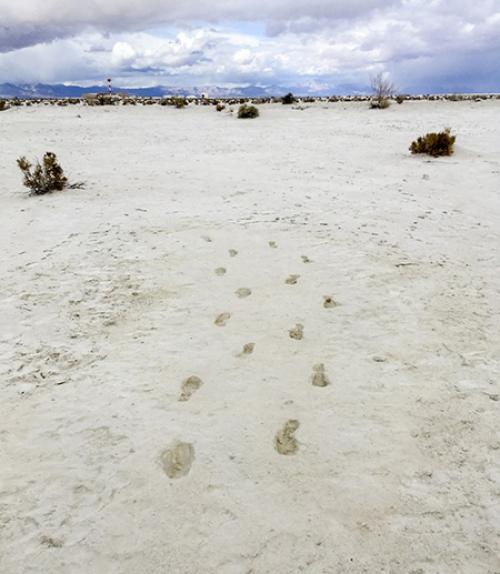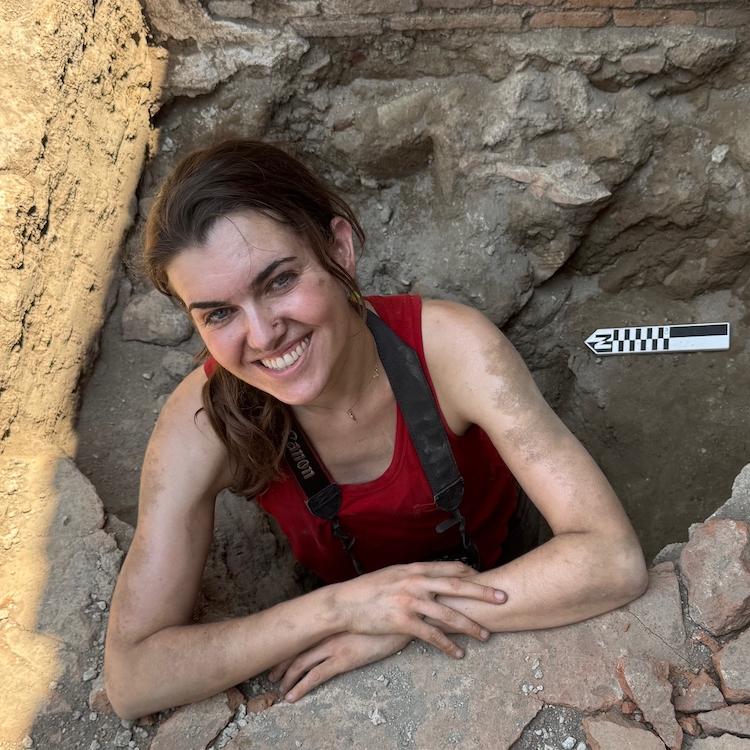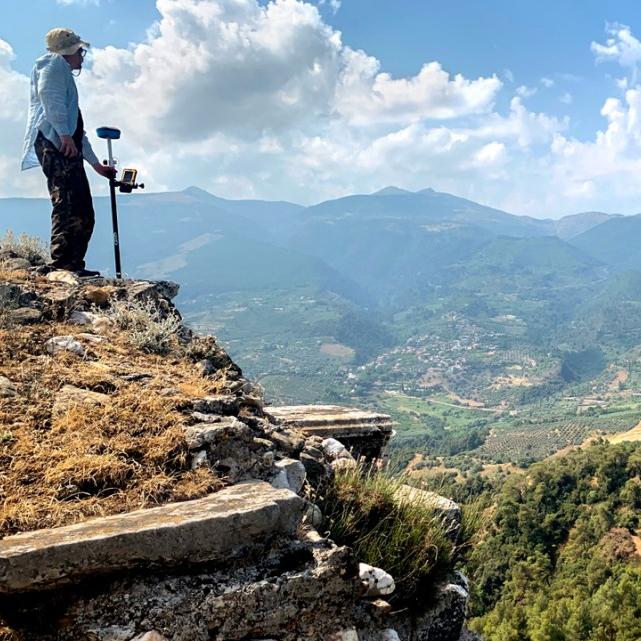
 Department Homepage
The College of Arts & Sciences
Department Homepage
The College of Arts & Sciences
Fossil footprints tell story of prehistoric parent’s journey
Hungry giant predators, treacherous mud and a tired, probably cranky toddler – more than 10,000 years ago, that was the stuff of every parent’s nightmare. Evidence of that type of frightening trek was recently uncovered, and at nearly a mile it is the longest known trackway of early-human footprints ever found.




